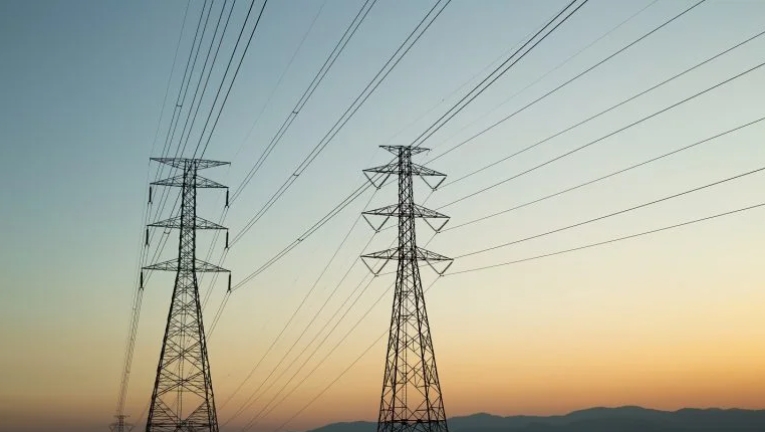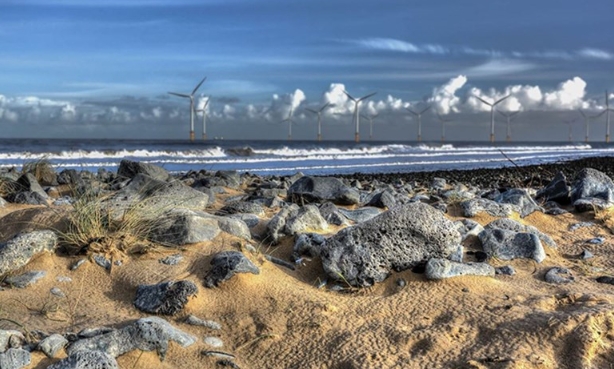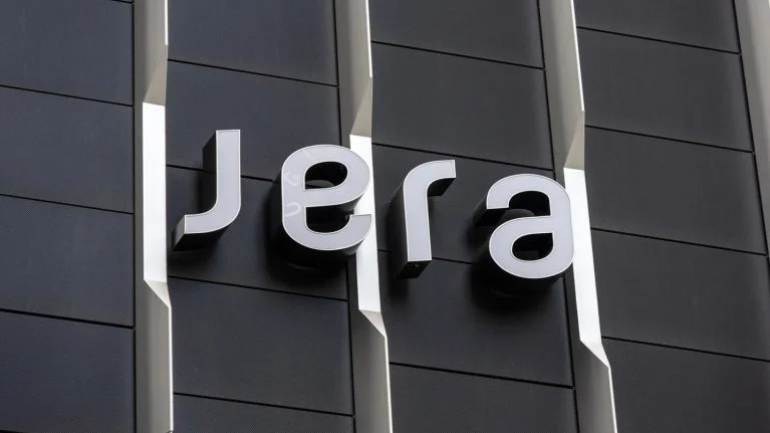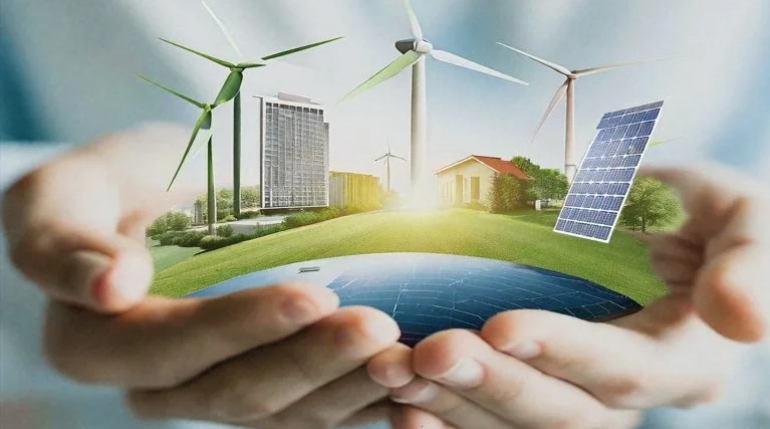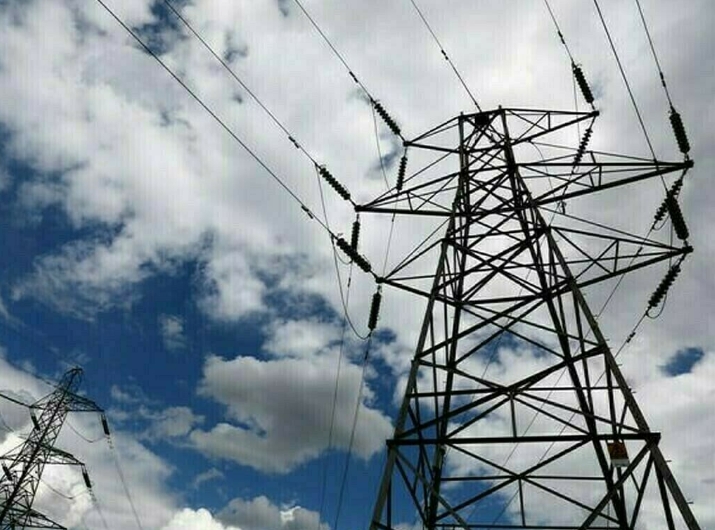
The Flamanville EPR (Image: EDF)
The utility said the 1630 MWe (net) pressurised water reactor was connected to the grid for the first time at 11:48 (local time) on Saturday.
EDF said in a statement: "Teams have achieved the first connection of the Flamanville EPR to the national grid ... the reactor is now generating electricity. Since the first nuclear reaction on September 3, 2024, EDF teams have conducted a series of tests and inspections to gradually increase the reactor's power."
Luc Rémont, Chairman and CEO of EDF stated: "The coupling of the Flamanville EPR is a historic moment for the entire nuclear sector. I would like to salute all the teams who have met the challenges encountered during this project with the greatest tenacity and never compromising on safety. Flamanville 3 joins the three EPRs already in operation in the world, in China and Finland."
EDF said that "in accordance with the startup operations, the phases of testing and of connection and disconnection to the grid will continue for several months, under the supervision of the ASN, until the reactor reaches 100% power. Starting up a reactor is a long and complex operation. It requires the full mobilisation of teams and is carried out at each stage with the highest level of safety and industrial reliability".
Construction work began in December 2007 on the third unit at the Flamanville site - where two reactors have been operating since 1986 and 1987. The dome of the reactor building was put in place in July 2013 and the reactor vessel was installed in January 2014. The reactor was originally expected to start commercial operation in 2013 but has faced a series of delays.
The Autorité de Sûreté Nucléaire (ASN) on 7 May authorised the commissioning of the Flamanville EPR reactor, clearing the way for EDF to begin loading the 241 fuel assemblies into the reactor and to carry out start-up tests and subsequent operation of the reactor. The loading of fuel was completed on 22 May.
On 30 August, EDF sent ASN the information required to issue an agreement for the first nuclear reaction - referred to as 'divergence' - to proceed, in particular the results of the installation tests carried out since the commissioning authorisation.
In a resolution of 2 September, ASN authorised the launch of divergence operations at the Flamanville EPR reactor and the unit achieved first criticality - an initial sustained chain reaction - the following day. A test programme to achieve a power level of 25% was implemented when the reactor reached 0.2% power.
With Flamanville 3 now at 25% capacity, the unit has been connected to the national electricity grid for the first time and is generating electricity. EDF said in its statement on 21 December it had produced 100MW of electricity.
In an 18 December statement ahead of the grid connection of the unit, EDF said: "After its connection, the reactor will be operated at different capacity levels until summer 2025, which will conclude the testing phase. At the end of this testing period, the unit is expected to be operated at 100% capacity until the first planned outage for maintenance and refueling, called Visite Complète 1 (VC1)."
It noted that VC1 "should mainly take place in 2026" and that the volume of electricity produced from the first grid connection until this first planned outage will be around 14 TWh.
The first EPR units came online at Taishan in China, where unit 1 became the first EPR to enter commercial operation in 2018 followed by Taishan 2 in September 2019. In Europe, Olkiluoto 3 in Finland entered commercial operation in 2023, and two units are currently under construction at Hinkley Point C in the UK.
